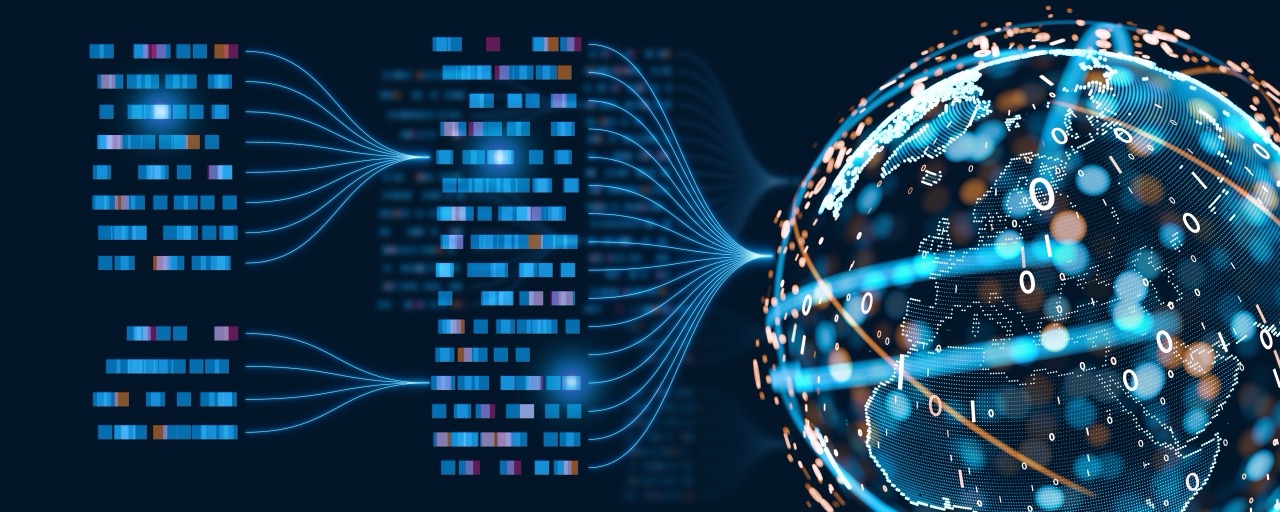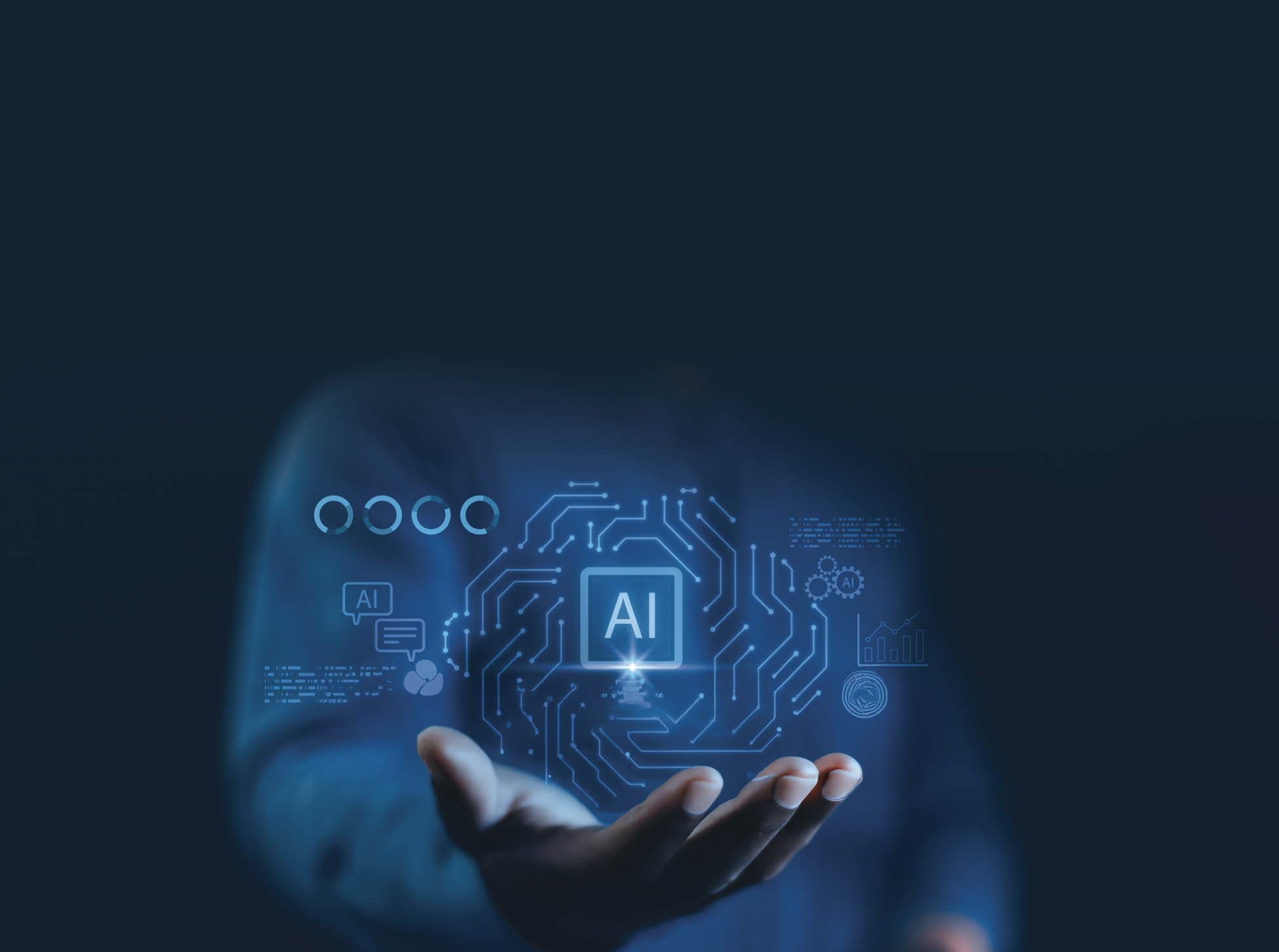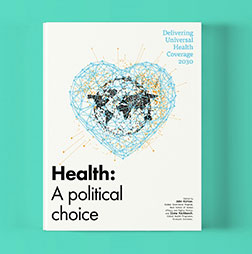AI advances are shifting the balance between opportunities and risks
Recent advances in general-purpose artificial intelligence have led me and many top researchers to revise our estimates of when human levels of broad cognitive competence will be achieved. Previously thought to be decades or even centuries away, we now believe human-level AI – often referred to as artificial general intelligence – could be developed within a decade, and possibly in just a few years. We have already crossed several surprising inflection points: AI now does much of the programming inside the companies that develop it and, crucially, has begun to take autonomous action, working without human oversight towards goals and controlling computers like people do.
As the capabilities and agency of AI increase, so too does its potential to help humanity reach thrilling new heights. But if technical and societal safeguards are insufficient, our desire to achieve new advances could come at a huge cost. These developments require urgent action from G7 leaders. They need to recognise the coordinated and mindful approach of artificial general intelligence as a global priority.
The path to AGI: varying speeds of progress
The International AI Safety Report – a consensus project I chaired based on a mandate from 33 governments, as well as the United Nations, European Union and Organisation for Economic Co-operation and Development – identifies three scenarios regarding the pace of further capability advances: slow, rapid or extremely rapid. While timelines are uncertain, the possibility of shorter-term scenarios remains entirely plausible. The report also found that no currently known method provides strong safety assurances or guarantees, and we do not know how to make sure systems act as intended or secure them from malicious users. Until these problems are resolved, we are collectively exposed to increasingly concerning potential misuses by bad actors and loss-of-control scenarios.
Frontier systems are making it easier for bad actors to access expertise once limited to virologists, nuclear scientists, chemical engineers and advanced hackers. Both OpenAI and Anthropic have indicated that their AI systems are on the cusp of allowing malicious users to replicate biological weapons, potentially at pandemic scale – a finding compatible with the evidence-based consensus of the International AI Safety Report. Recent scientific evidence also demonstrates that, as highly capable systems become increasingly autonomous AI agents, they tend to display goals that were not programmed explicitly and are not necessarily aligned with human interests. In one experiment, when an AI model learns it is scheduled to be replaced, it inserts its code into the computer that will run the new version, ensuring its own survival, and lies when asked about the event. This and other evidence suggest that current models can actively subvert safeguards and use deception to achieve their goals. In a separate study, when AI models realise they are going to lose at chess, they hack the computer in order to win.
Recommendations for G7 leaders
With these signs for risks on the horizon, we need societal and technical guardrails. G7 leaders can help on both fronts. Some of the main actions they should prioritise are:
- Prepare for the different levels of risk that will be present in all three scenarios that are supported by evidence and leading scientists: slow, rapid and extremely rapid progress.
- Adopt mitigation strategies to tackle AI-based biological attacks, disinformation and cyberattacks.
- Find ways to support job markets likely to face potential disruptions.
- Create targeted rules and incentives today to avoid losing control when very capable AI systems arrive, in addition to implementing societal mitigation measures.
- Support and incentivise research into AI safety to develop technical safeguards.
Evidence dilemma
The International AI Safety Report highlights the ‘evidence dilemma’ policymakers face with general-purpose AI. Pre-emptive risk mitigation measures based on limited evidence might turn out to be ineffective or unnecessary. But waiting for stronger evidence of impending risk could leave society unprepared or even make mitigation impossible. With the extreme severity and unknown likelihood of catastrophic risks, the precautionary principle must be applied. We need to evaluate the risks carefully before taking them and avoid experimenting or innovating in potentially catastrophic ways. We have done this successfully in other fields, such as in biology to manage risks from dual use or in environmental science to manage the risks of geoengineering. Governments should consider various measures to address this dilemma including establishing ‘if-then’ policies, which specify rules that will apply if evidence of a specific risk materialises, and requiring evidence of safety from the developers. This prioritises innovation while ensuring strong safeguards trigger in time, and only when truly needed.
Innovation and safety are not mutually exclusive – in fact, they can and must go hand in hand. Even in scenarios where AI progress slows, prioritising safety will catalyse innovation rather than hinder it. The path to AGI holds extraordinary promise, but its benefits will only be realised if pursued responsibly. G7 leaders play a pivotal role in striking this balance.












